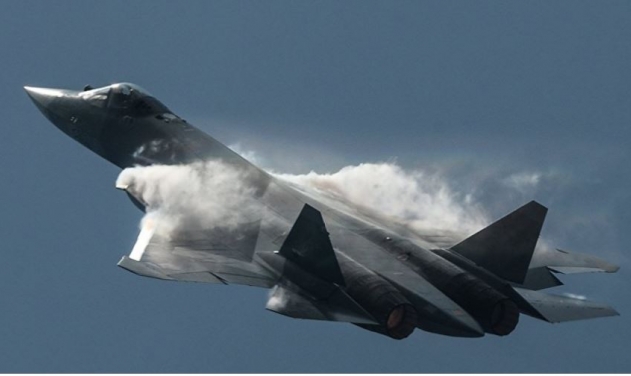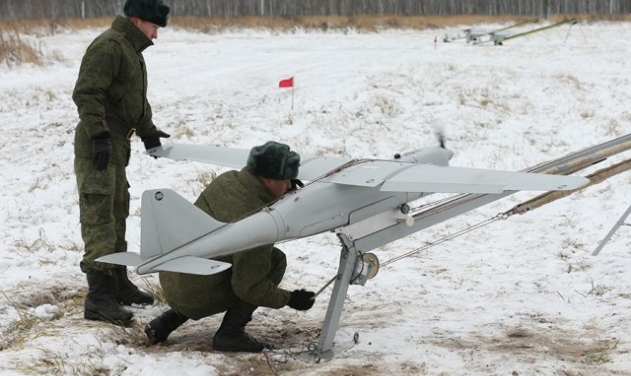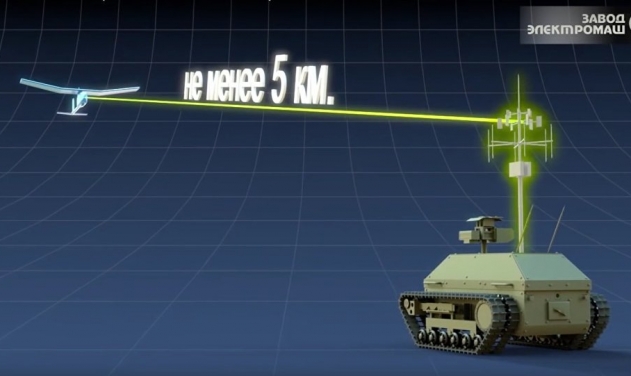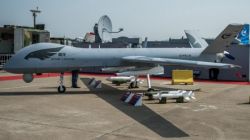New Russian Stealth Material can absorb 95% Electronic Radiation

Russia’s Roselectronics has announced a breakthrough in stealth technology by developing a new material capable of absorbing 95% electromagnetic radiation emitted by radar.
Unlike current stealth technology that uses radar-absorbing paint, the Roselectronics- developed material can be attached to the most prominent surfaces of an aircraft to deflect radiation.
The Rostec-owned firm said it has created prototypes of a fundamentally new material capable of absorbing radio waves in a wide frequency range.
The implication of this development is that a Su-57 sized fighter jet will appear the size of a shoulder-launched drone on radar.
Using a glass fiber backing with a metal core, the thin-layer material can be used for the manufacture of aircraft parts.
In the process of creating a radio-absorbing material, several layers of fiberglass were connected to each other. It is based on thin threads with a metal core in glass insulation.

“Due to its exceptional characteristics, the new material absorbs up to 95% of the incident electromagnetic radiation of radars and significantly complicates the detection of an air object using radar equipment,” Rostec said.
“Creating a structural radar-absorbing material has long been a problem in the modern military aircraft industry. Existing types of aircraft stealth coatings need to be periodically re-painted. The new fiberglass material with a reduced reflection coefficient does not require maintenance.”
The stealth material was developed by the Moldova-based Central Design Bureau of Special Radio Materials (a subsidiary of Roselectronics) for the manufacture of engine compressor blades - one of the most noticeable parts in the radio range, Rostec said.
“Our prototypes have already successfully passed the required factory tests,” said Aleksey Dymovskikh, General Director of the Central Design Bureau of the Republic of Moldova.











